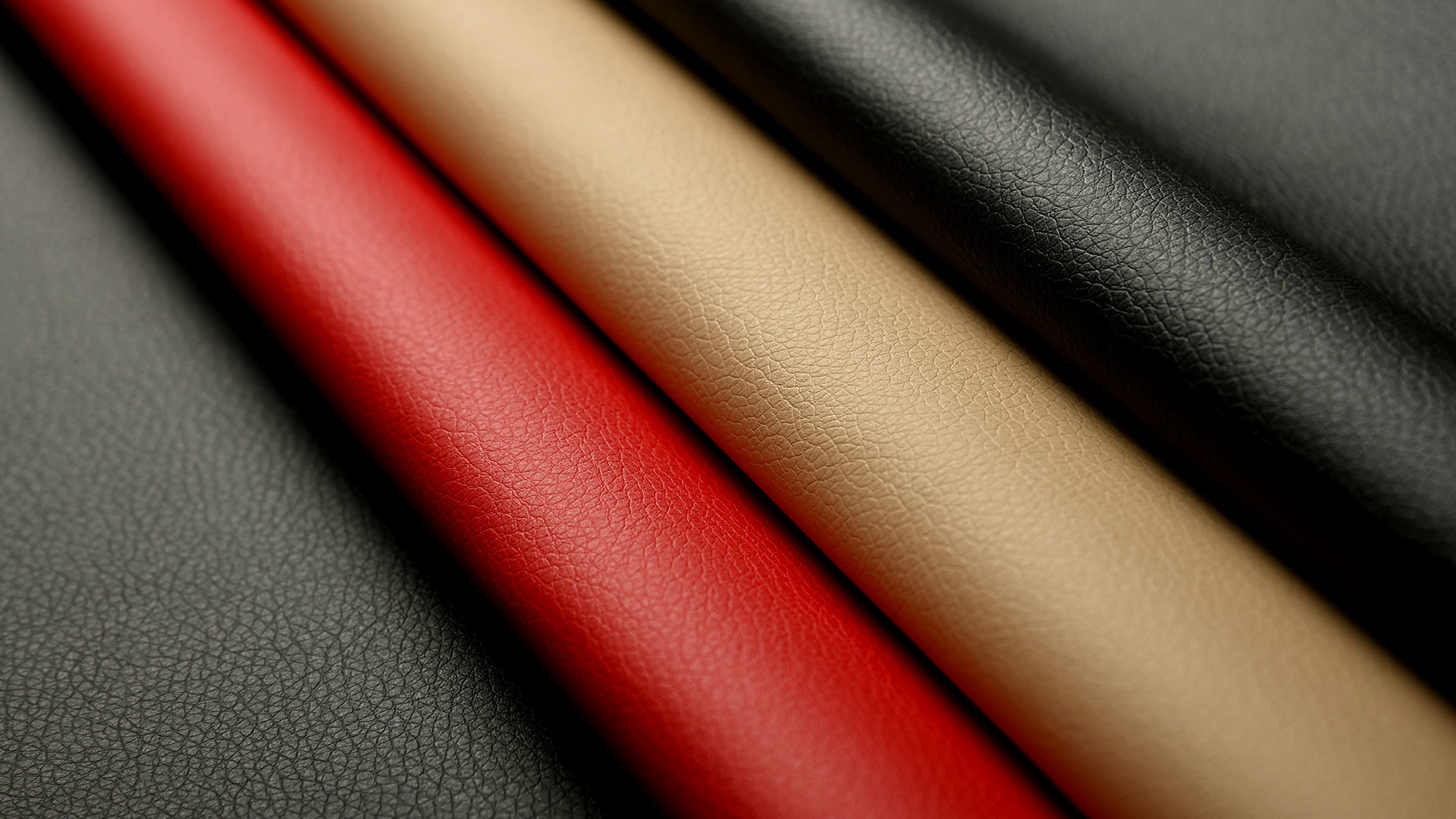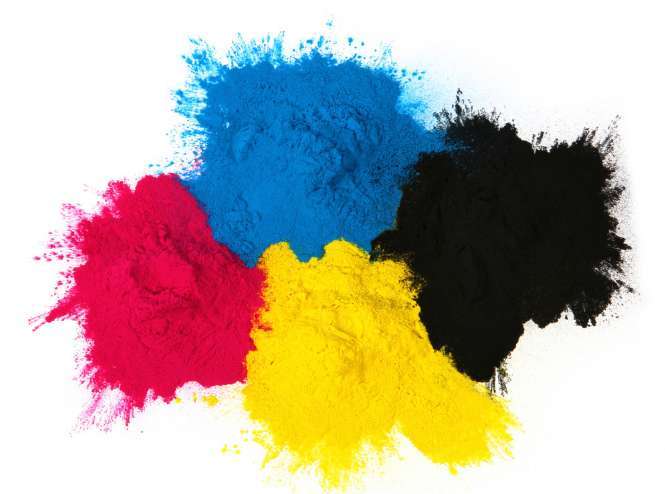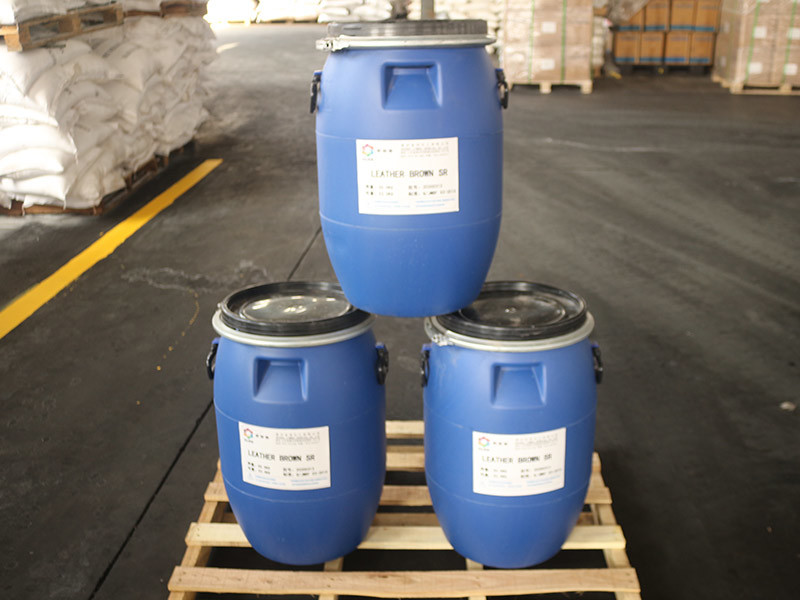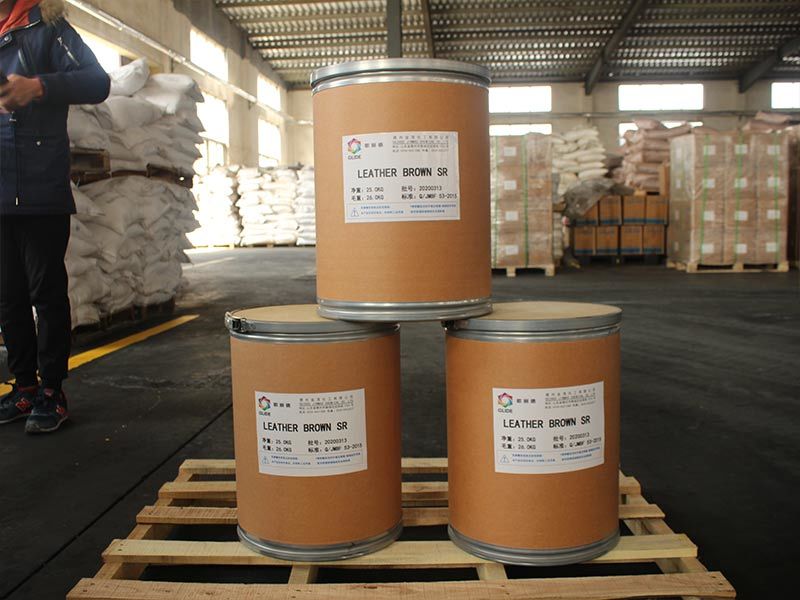What are leather dyes like? What should be considered when choosing them?
What are leather dyes like? What should be noted when choosing?
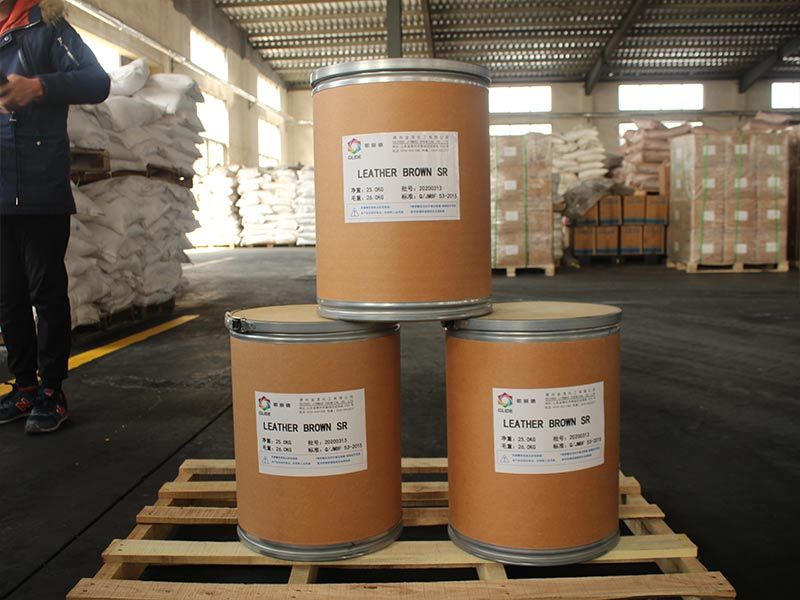
Leather dyes, also known as organic compounds, are dyes that are recycled and artificially used to dye other fiber materials into bright and durable colors. Dyes used to dye protein leather fibers are called leather dyes. Most leather dyes are soluble in water and react with the fibers in leather under acidic conditions. Therefore, the process of fixing and coloring is referred to as the dyeing process of leather products. The dyes are required to have bright colors, good affinity with leather fibers, and various fastness functions, such as sunlight resistance, wash resistance, dry and wet resistance, abrasion resistance, light resistance, sweat resistance, and migration resistance. All these effects must meet the professional standards for leather dyeing.
Currently, there are many types of leather dyes. One type is economical leather dyes, which have a molecular structure of monoazo dyes, are very bright in color, but have poor color fastness on leather and are inexpensive. Acid black and direct black in the leather market belong to economical leather dyes.
The second type is direct dyes, which are dyes that can directly dye cotton, linen, and viscose cellulose fibers without the help of mordants. Some varieties of these direct dyes will directly affect the dyeing of leather in acidic media. Compared to cheap dyes, direct dyes have a higher molecular weight and slower penetration speed. Moreover, the dyeing effect on leather fibers is not particularly ideal, and they are also eliminated products in the leather dye market.
Dyes are used to dye leather fibers into protein. Dyes are easily soluble in water. Under acidic conditions, the process of leather fibers absorbing, highly coloring, and dyeing is called dyeing. The dyes are required to have bright colors, good "affinity," and various color fastness functions (such as light intensity, wash resistance, wet abrasion resistance, light resistance, sweat resistance, migration resistance, etc.). Therefore, the precautions for selecting leather dyes are as follows:
1. Choose dyes based on the cost of leather dyes: When selecting dyes, not only should the color and color fastness be considered, but also the cost and supply of the dyes and auxiliaries used.
2. Choose leather dyes based on dyeing mechanical properties: Different dyeing mechanical properties result in different performances and requirements for dyes. For bulk dyeing, highly direct leather dyes should be used. For printing and dyeing, leather dyes with low directness should be chosen. Otherwise, there may be defects such as deep front and shallow back, uneven colors, etc.
3. Choose leather dyes based on the type of leather: Different types of leather have different properties, so suitable leather dyes should be used during dyeing.
4. Selection of leather dyes in color matching: When color matching is needed, attention should be paid to their composition, solubility, color fastness, and dye uptake rate. Due to the different dyeing properties of various dyes, the dyeing effect is often affected by differences in temperature, solubility, and dye uptake rate. Therefore, when color matching, it is essential to choose leather dyes with similar performance, the closer the better, which is conducive to controlling process conditions and stabilizing dyeing quality.
Latest developments


